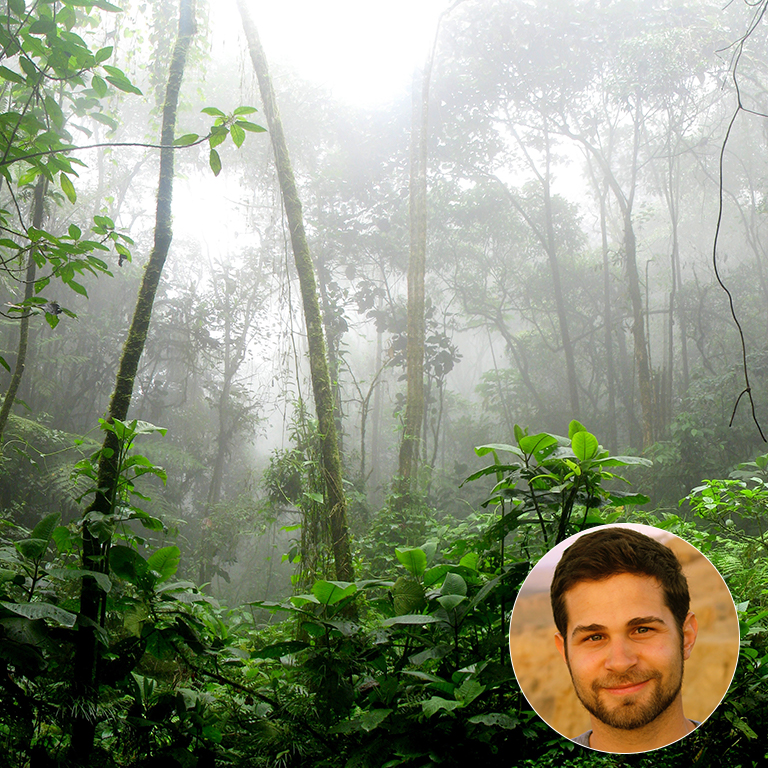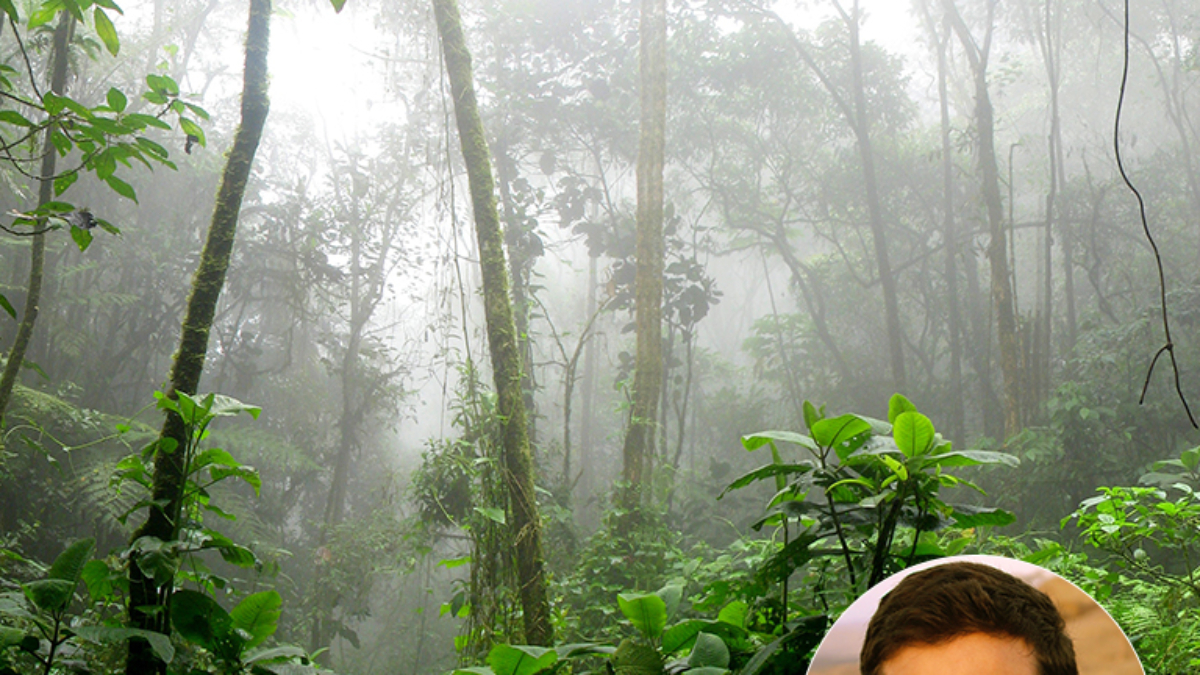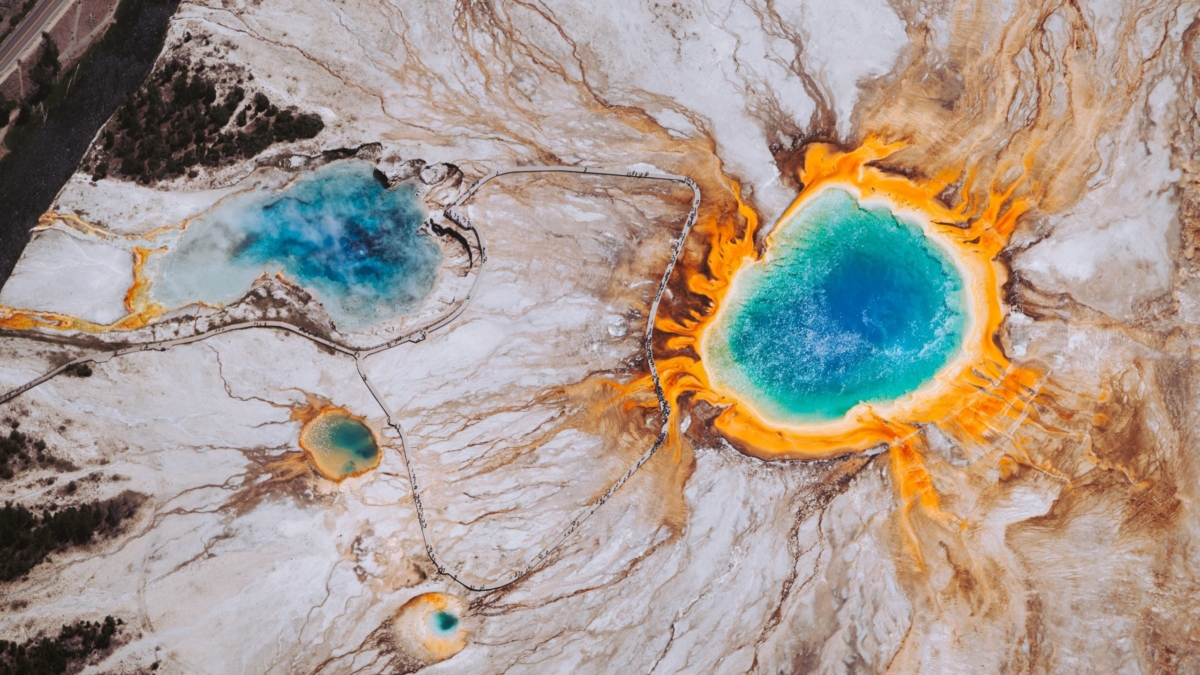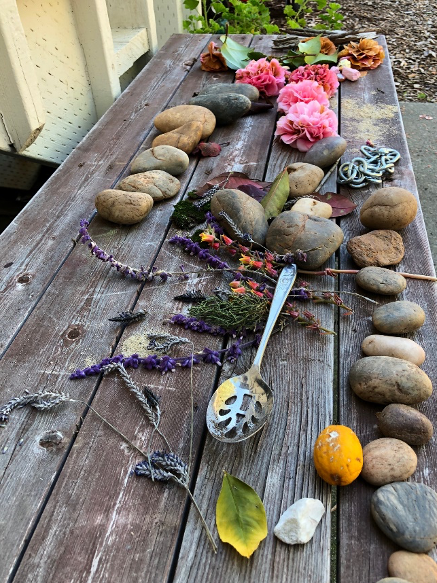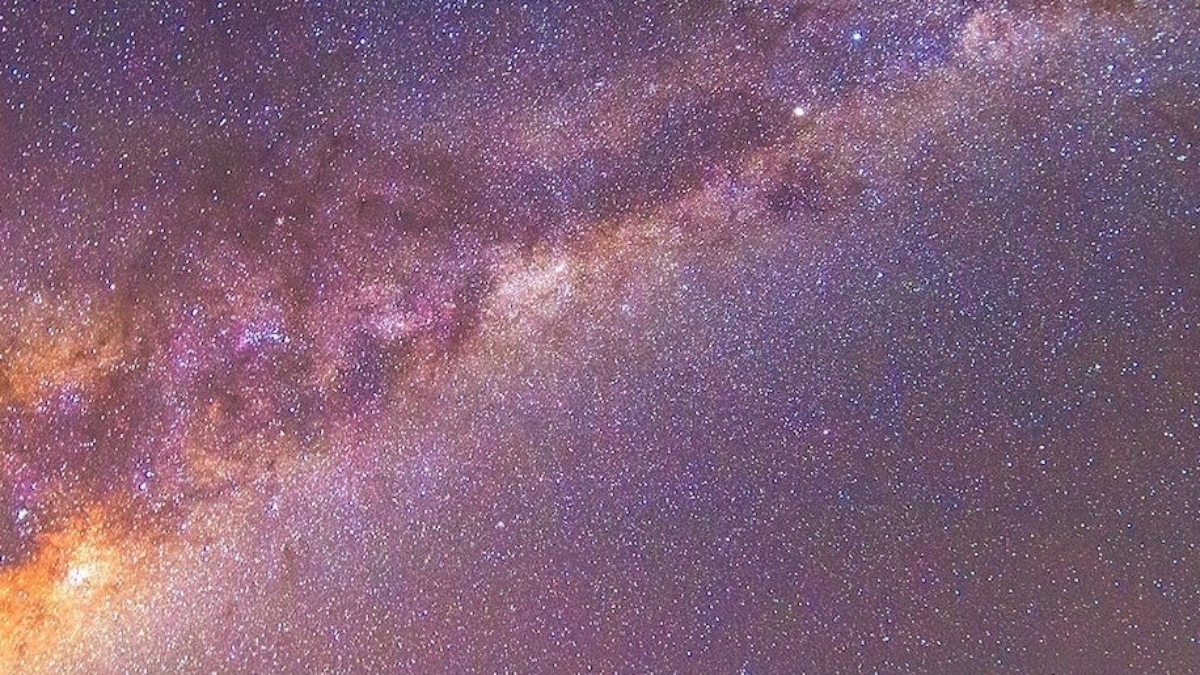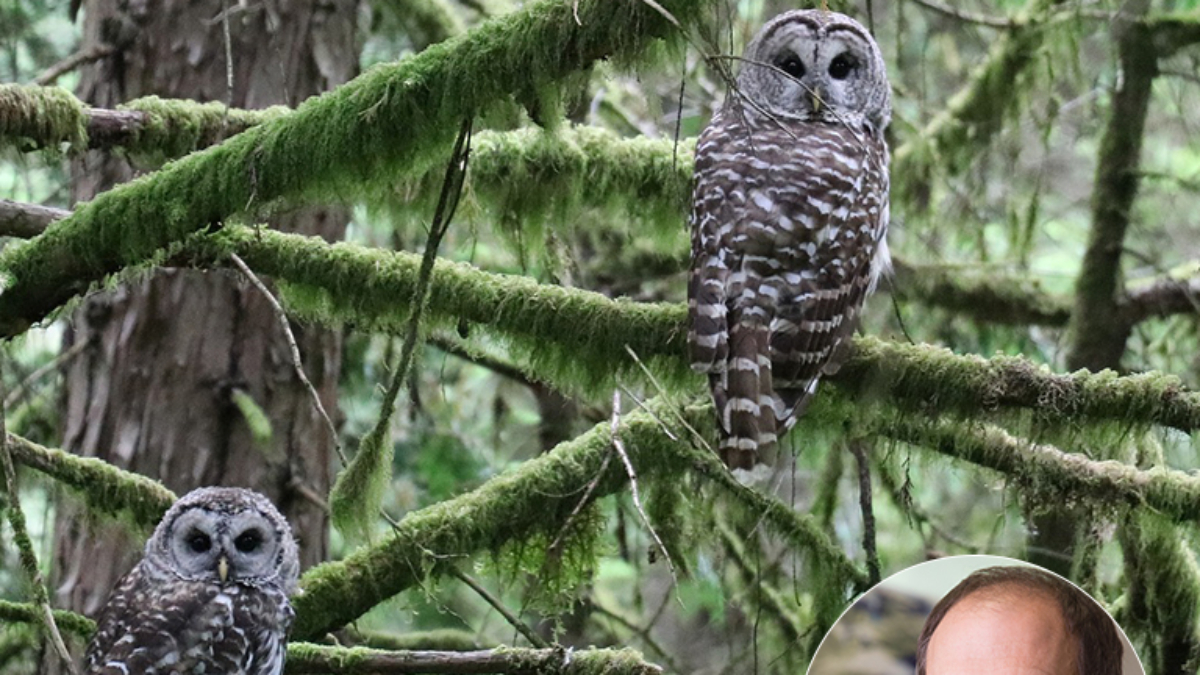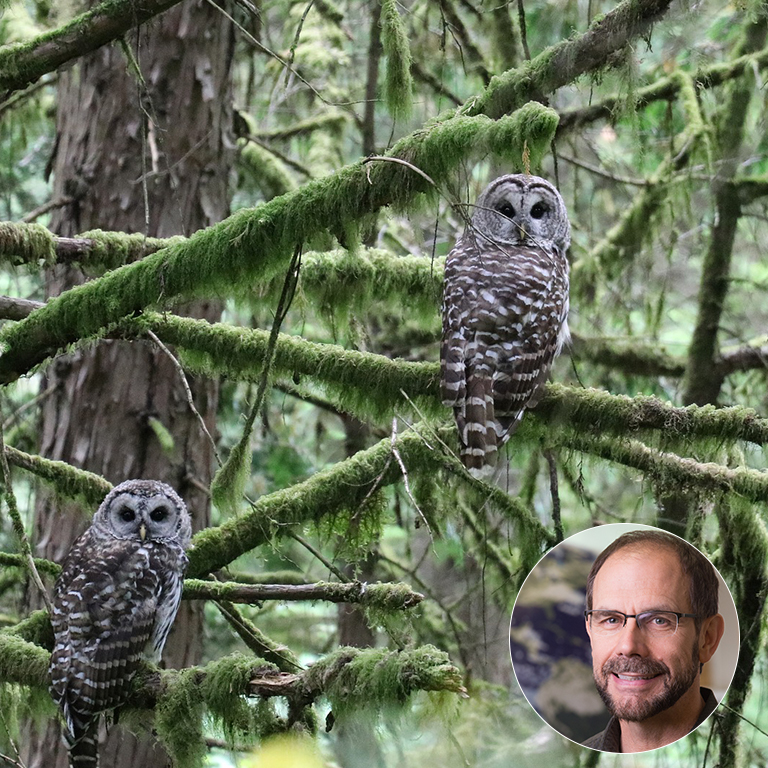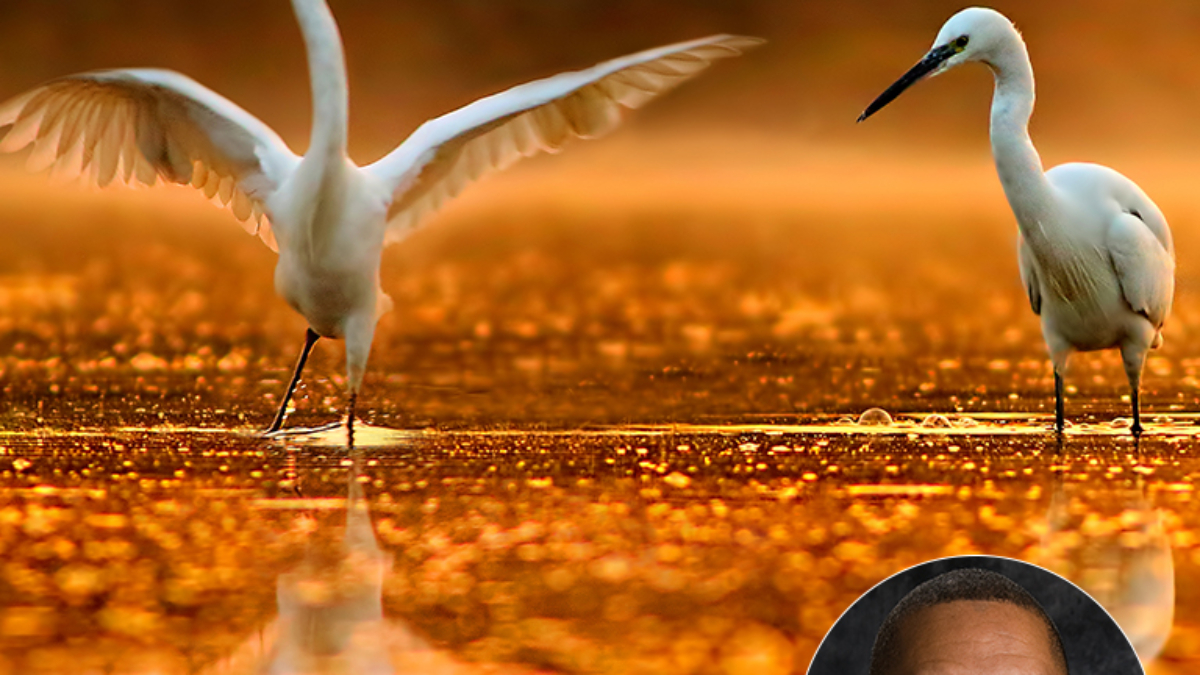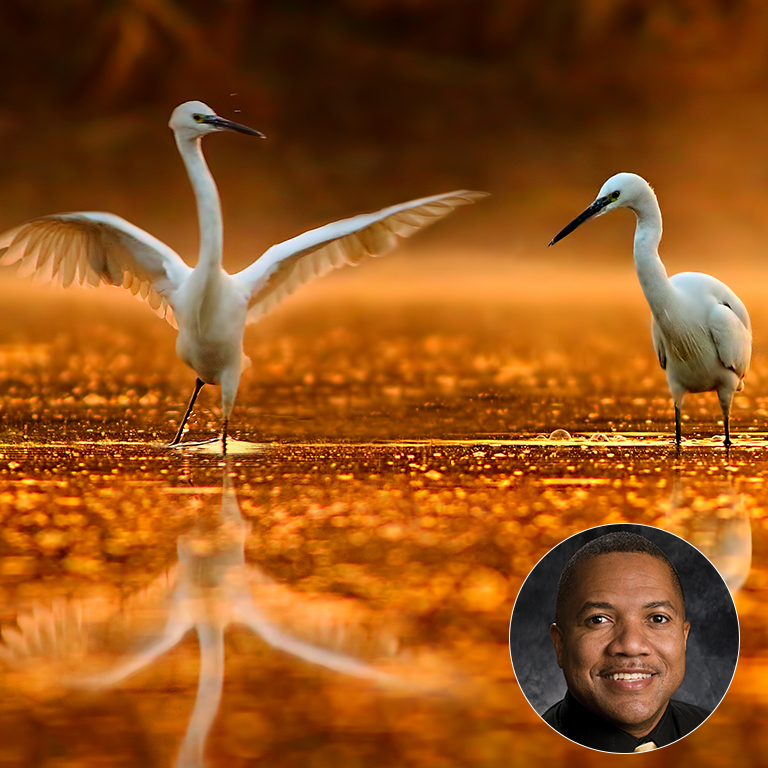Mireya Mayor
National Geographic Bio
National Geographic Video
Mireya Mayor is a world-renowned National Geographic Explorer, primatologist & Emmy Award nominated wildlife correspondent for the National Geographic Channel. But the former NFL cheerleader, daughter of Cuban immigrants, and mother of six, is not your typical scientist.
Known as the “Female Indiana Jones”, Mayor has reported to audiences worldwide on pertinent wildlife and habitat issues. Mayor earned her Ph.D. while conducting research on the effects of forest fragmentation and isolation on two types of lemurs found only in northern Madagascar. Her adventures and significant scientific discoveries and conservation efforts our outlined in her book Pink Boots and a Machete: My Journey from NFL Cheerleader to National Geographic Explorer.
Lillygol Sedaghat
National Geographic Bio
Lillygol Sedaghat is a National Geographic Explorer and multimedia storyteller at the intersection of science, systems and people.
Banana peels and plastic straws are little more than garbage in most of the world. To environmental educator Lillygol Sedaghat, they’re precious commodities. For the past two years, the 27-year-old has traveled the globe to advocate for the untapped potential of trash. The linear economy, where resources are turned into disposable products, “is no longer sustainable,” Sedaghat says. She aims to promote a circular economy, in which “you maximize your resources and minimize your waste.” Since 2017 Sedaghat has researched one of the world’s most efficient waste management systems: Taiwan recycles nearly half its municipal waste and has reduced the amount sent to landfills to less than one percent—turning plastic waste into cell phone cases and food scraps into fertilizer. To Sedaghat, it’s a prime example of how a zero-waste economy can work. Her goal? For people “to realize a) they are a part of a waste system, b) they could make a difference and live a more sustainable lifestyle, [and] c) that our trash doesn’t disappear, it goes somewhere and affects someone.”
Nalini M. Nadkarni
National Geographic Bio
National Geographic Video
She started climbing trees as a kid, and eventually helped create scientist Barbie. (see this Washington Post article) Nalini Nadkarni, a National Geographic Explorer, is known as “the Queen of the Forest Canopy”. She has pioneered canopy access techniques to study the plants, animals, and microbes that live in rainforest treetops. Nadkarni has discovered that the world of the canopy is a separate but deeply interrelated part of forest ecosystems.
She is also a passionate communicator about nature and science to people in all walks of life, and has collaborated with preachers, policy-makers, and prisoners to bring science and nature to those who do not or cannot get access to them. She has forged creative collaborations with artists, dancers, and musicians to communicate the beauty and values of rainforests. Nadkarni relates this work to teachers in K-12 and higher education, particularly to reach students who find science distant from their lives.
Articles and Links
National Geographic Explorer Classroom – Live web events where students hear from Explorers and can ask questions directly, live on camera! February features all women.
Great Big Story – Gillian Jacobs: Women in STEM – Awesome video series featuring 5 women in STEM
The SciGirls Strategies: How to Engage Girls in STEM – NSTA Connected Science Learning article
STEM Mindset: Supporting Girls’ Ongoing Engagement and Success in STEM – NSTA Connected Science Learning article
The heroines STEM: Ten women in science you should know – CNN video and article
Career Barbie® Doll series – many are STEM-related, and which Nalini Nadkarni consulted in creating
